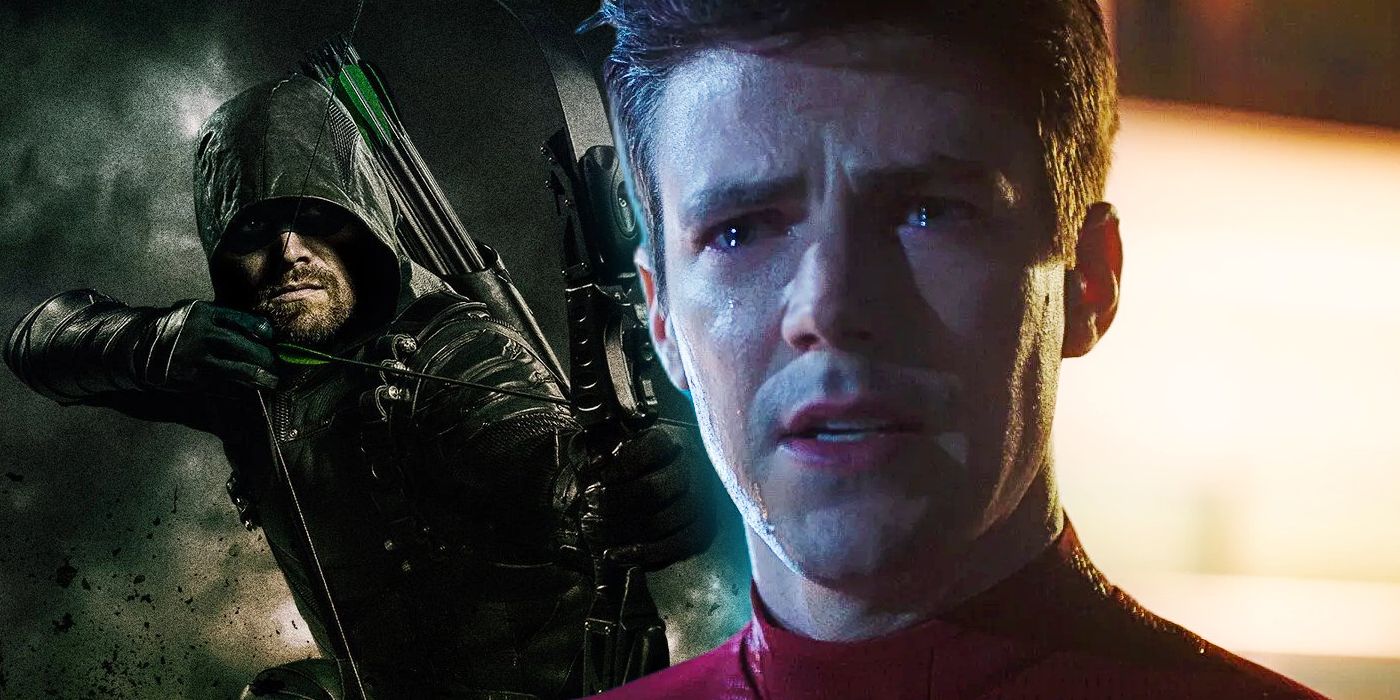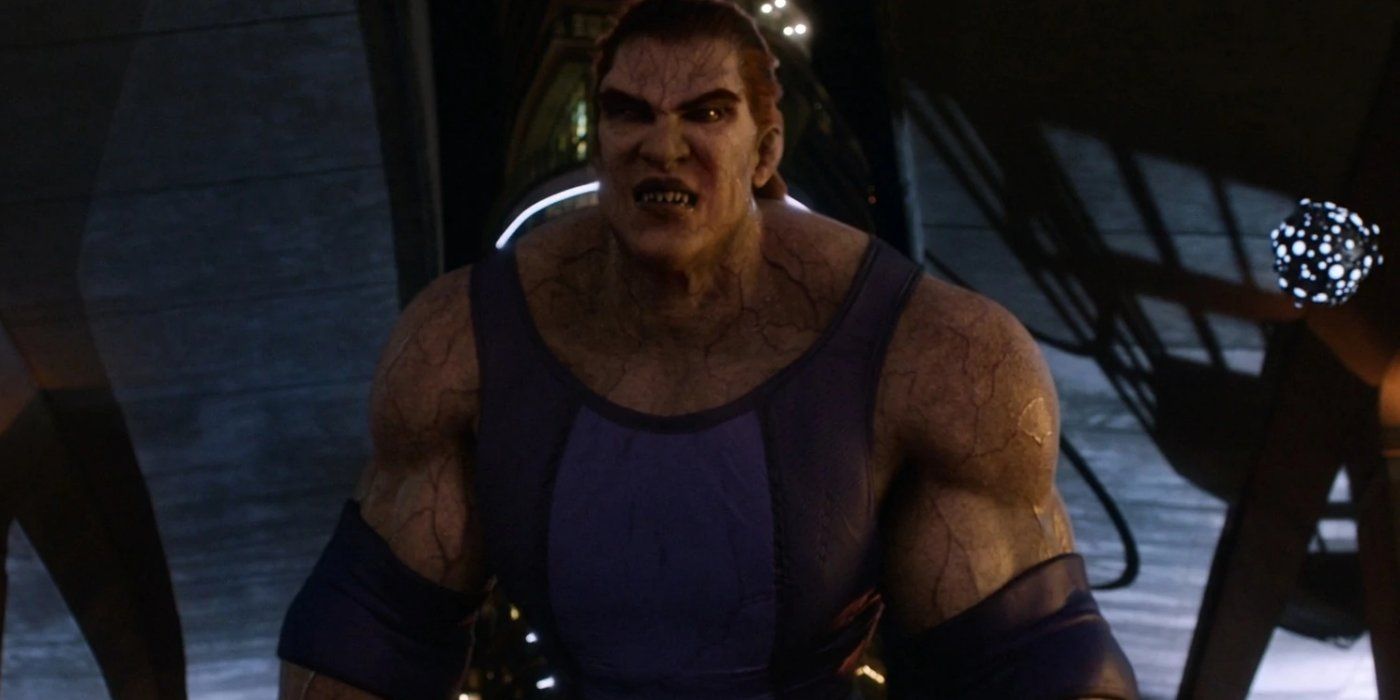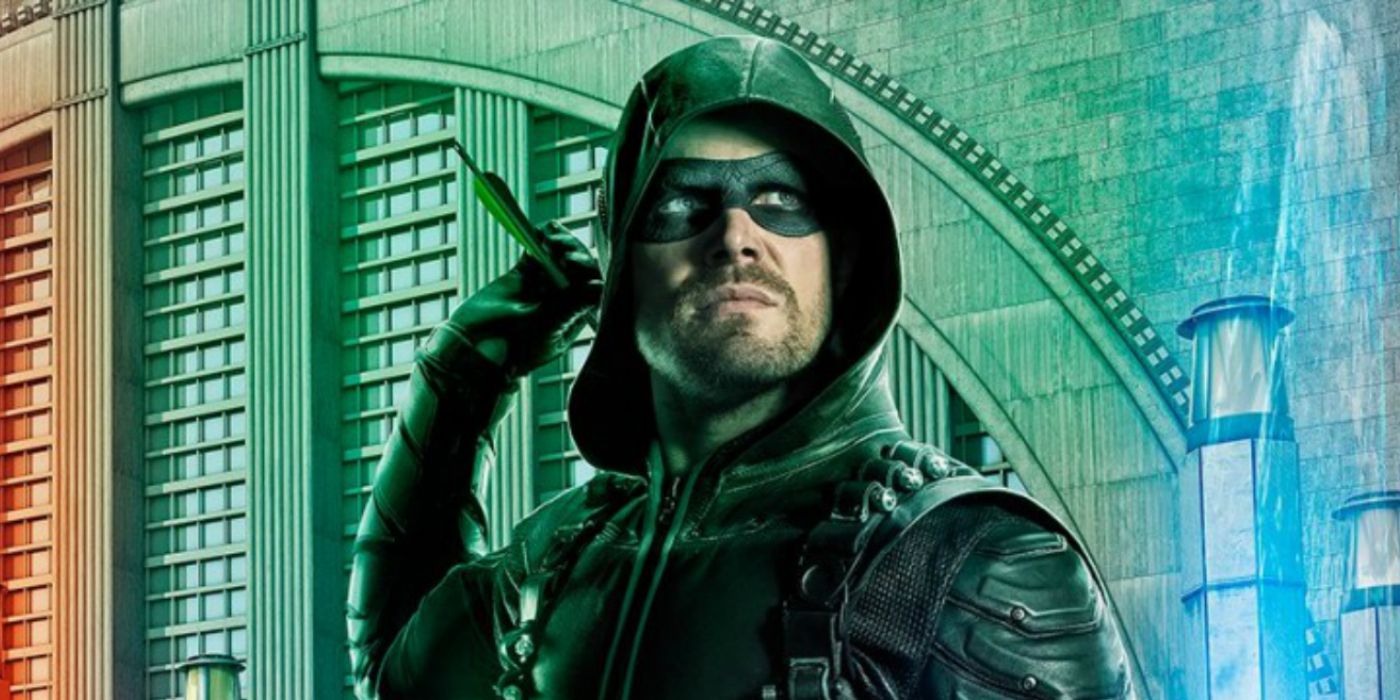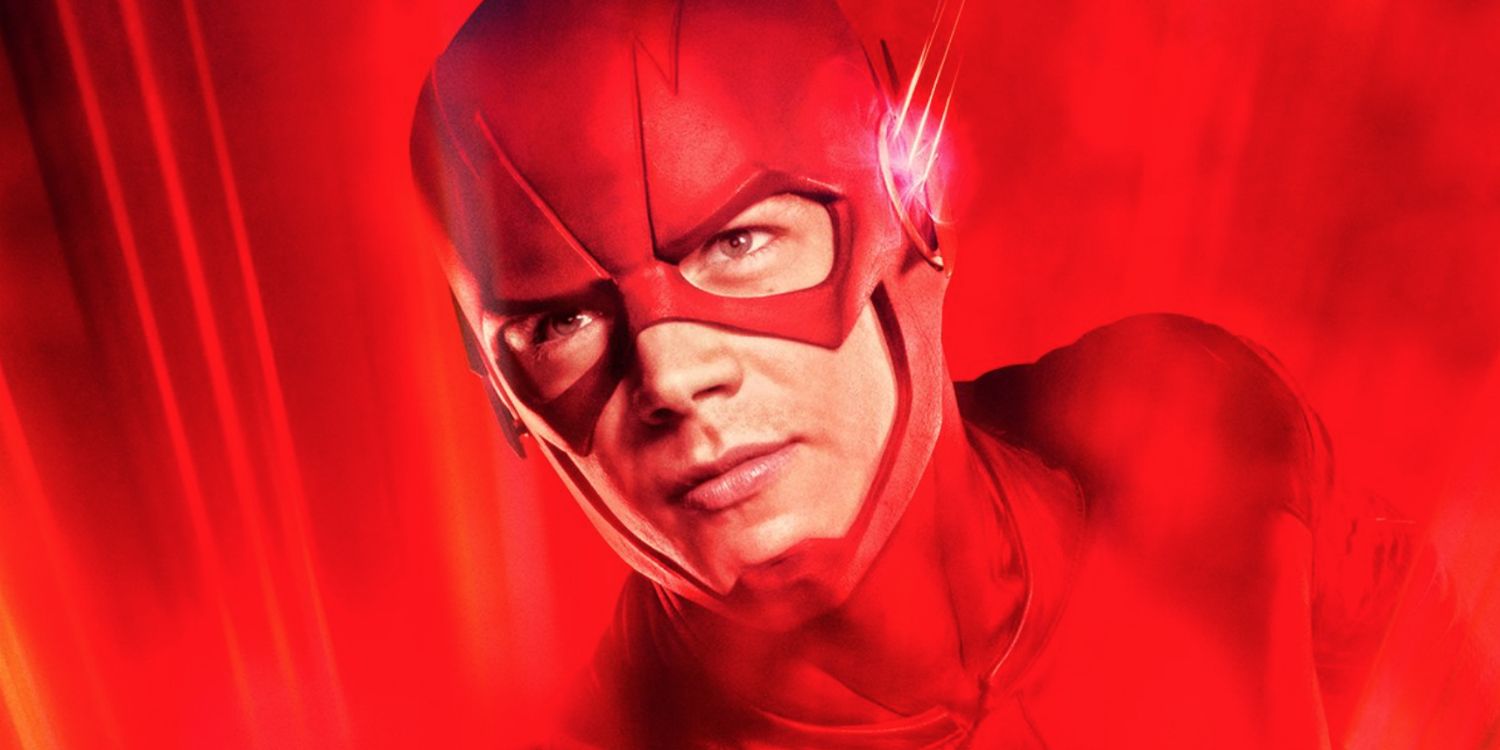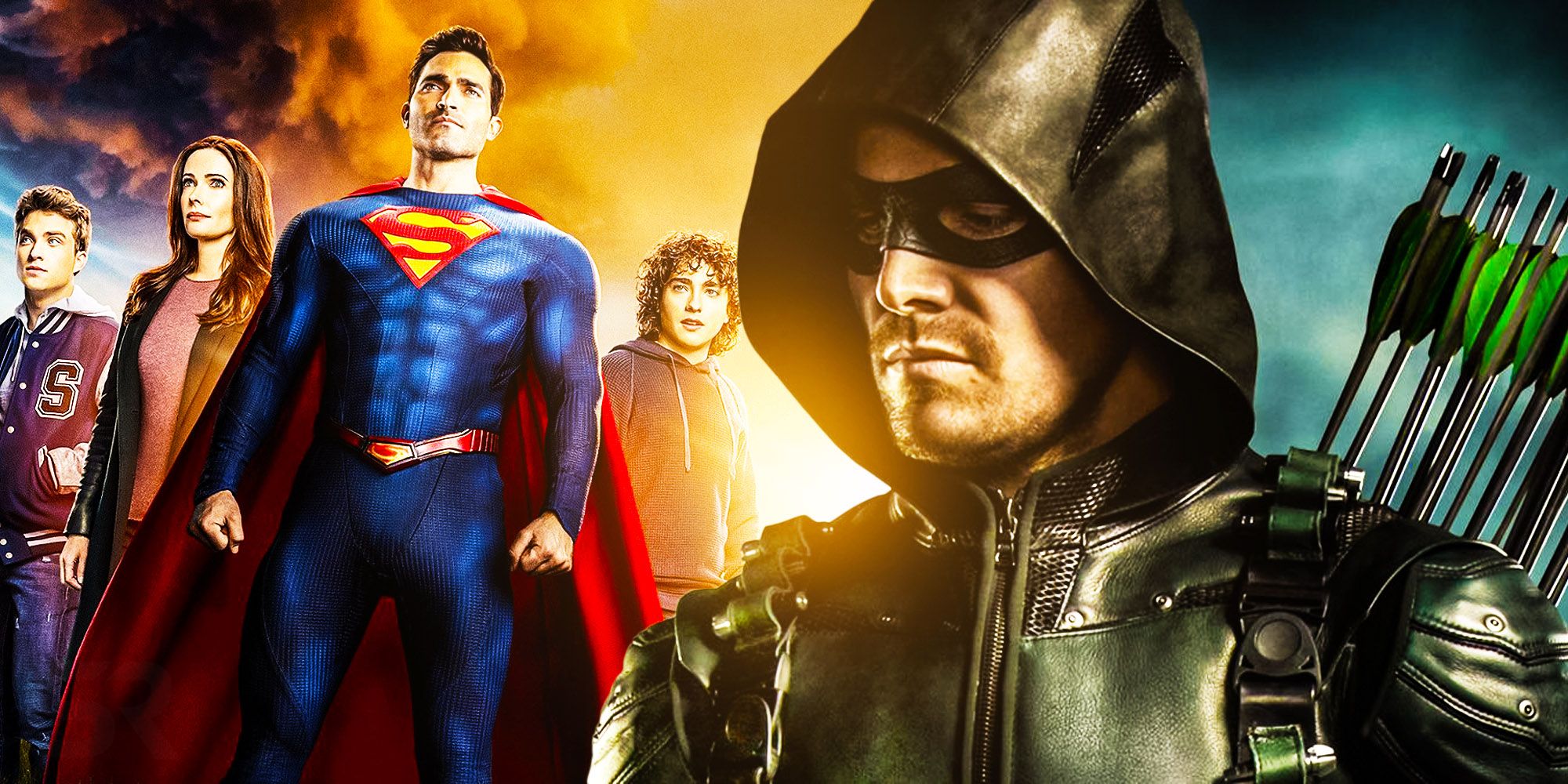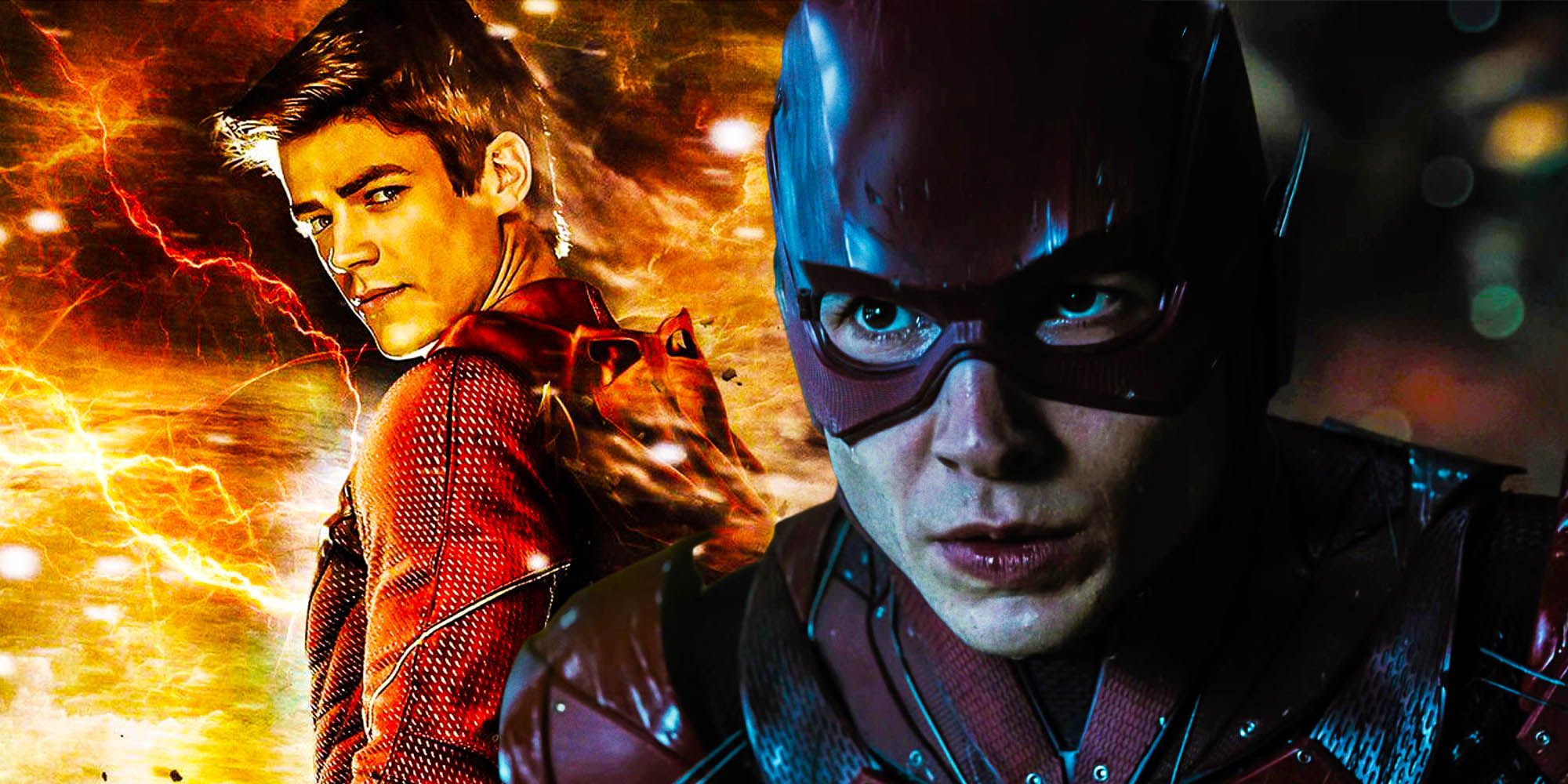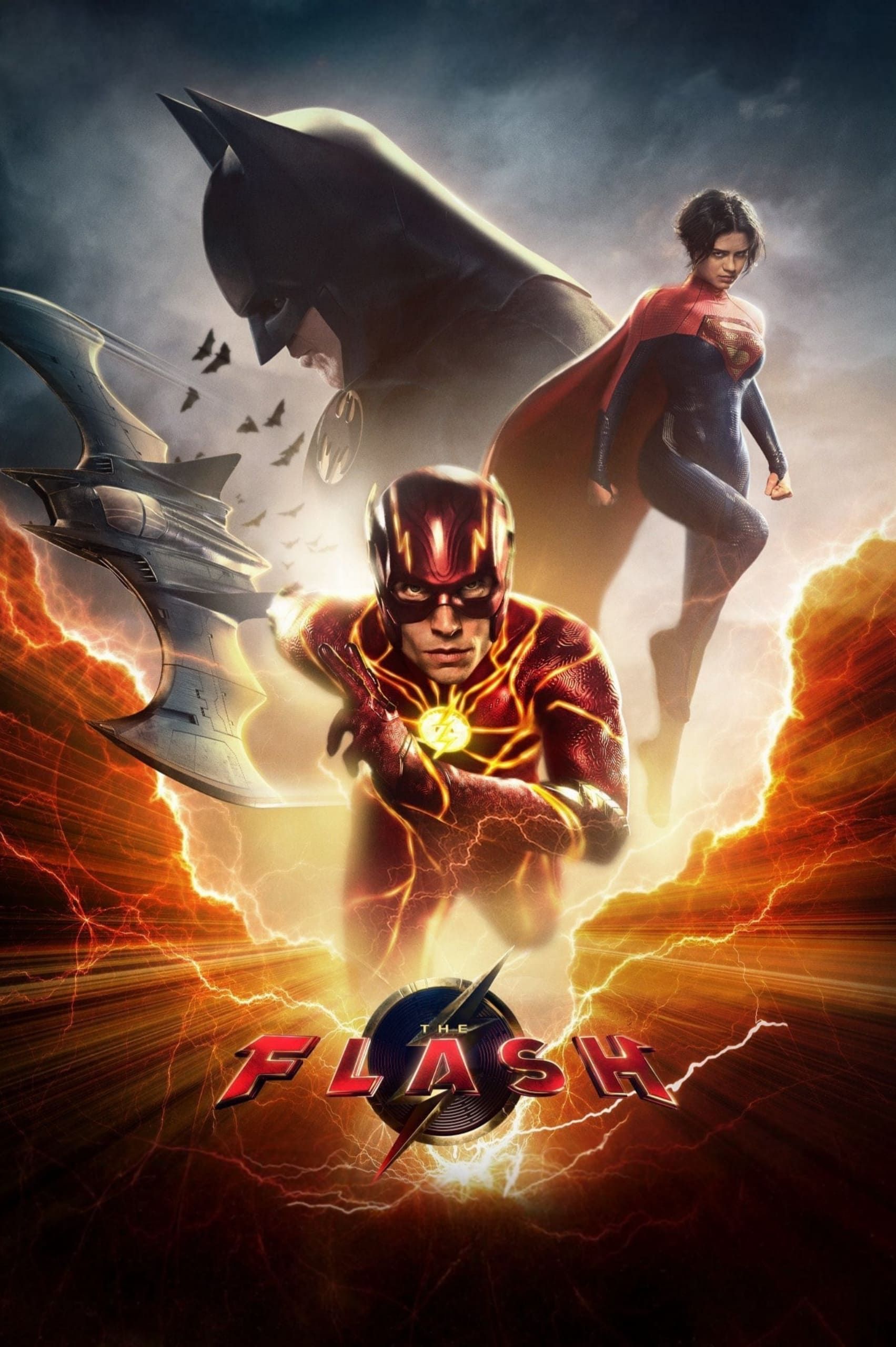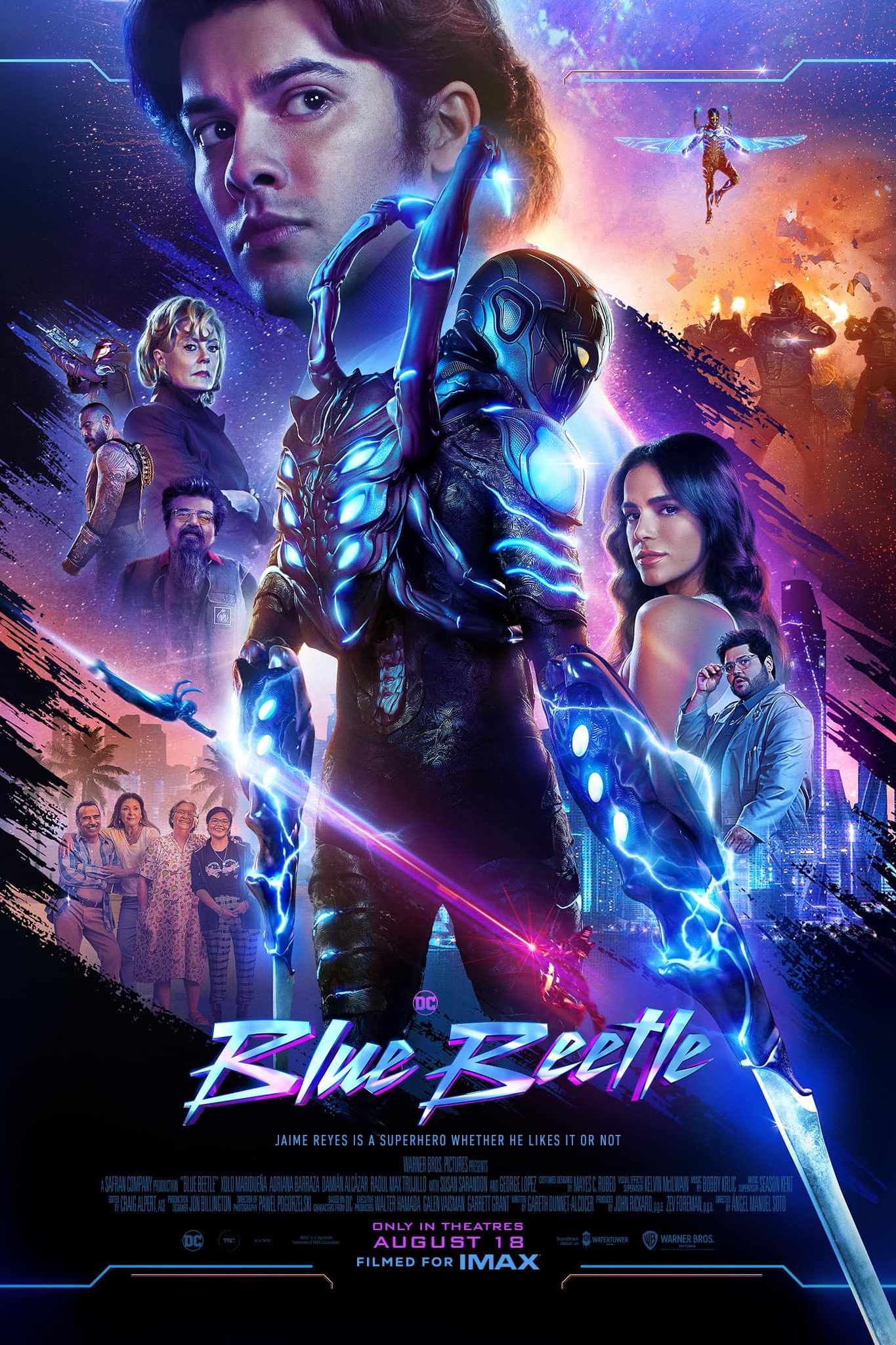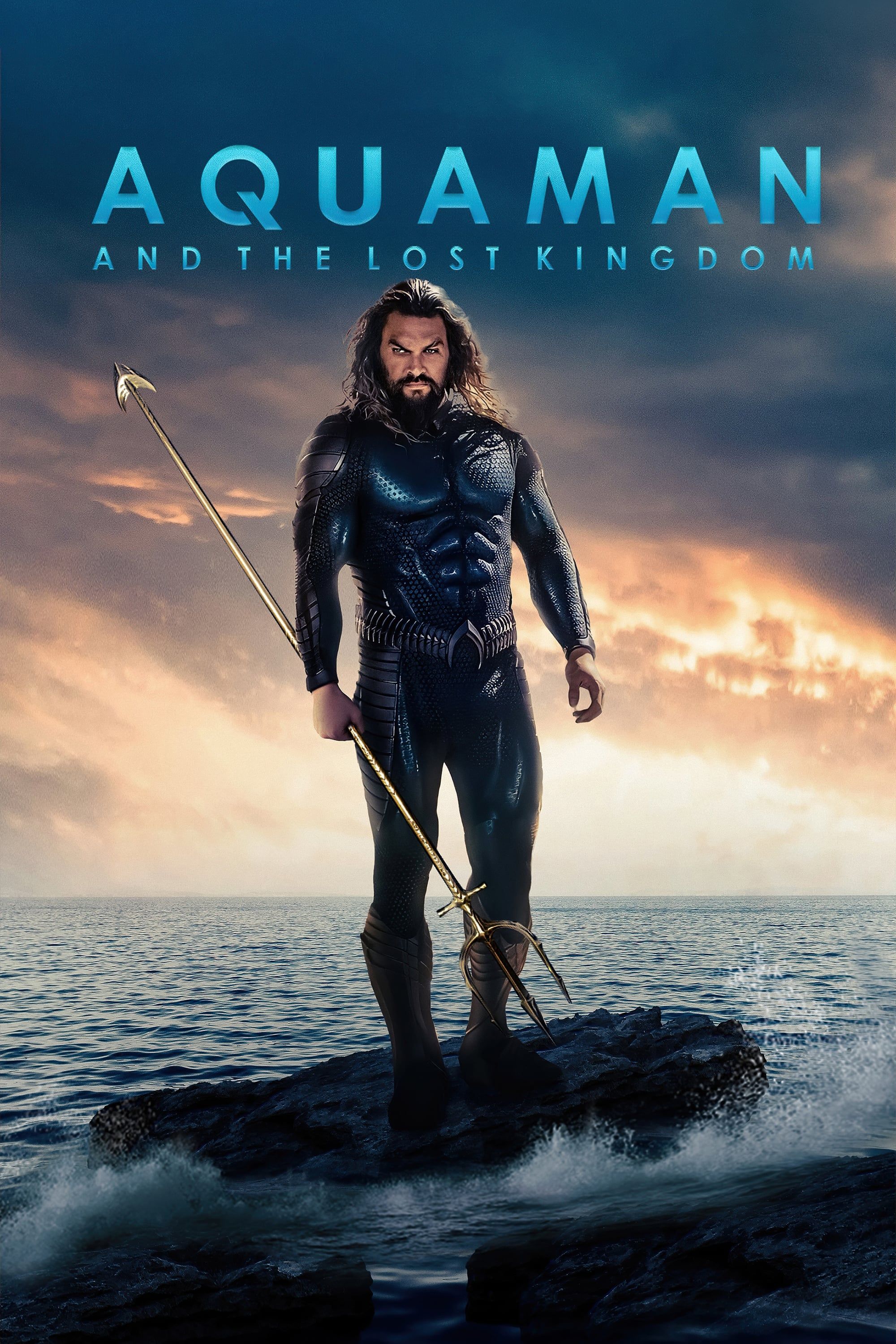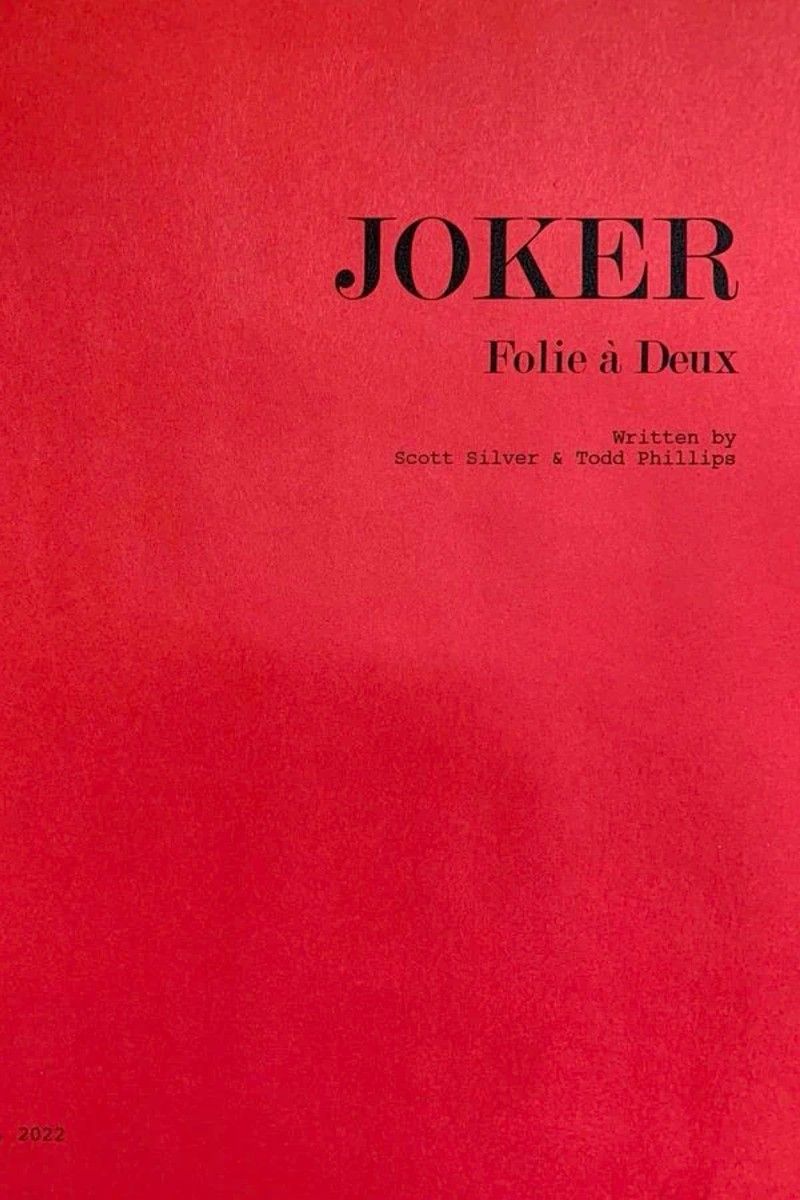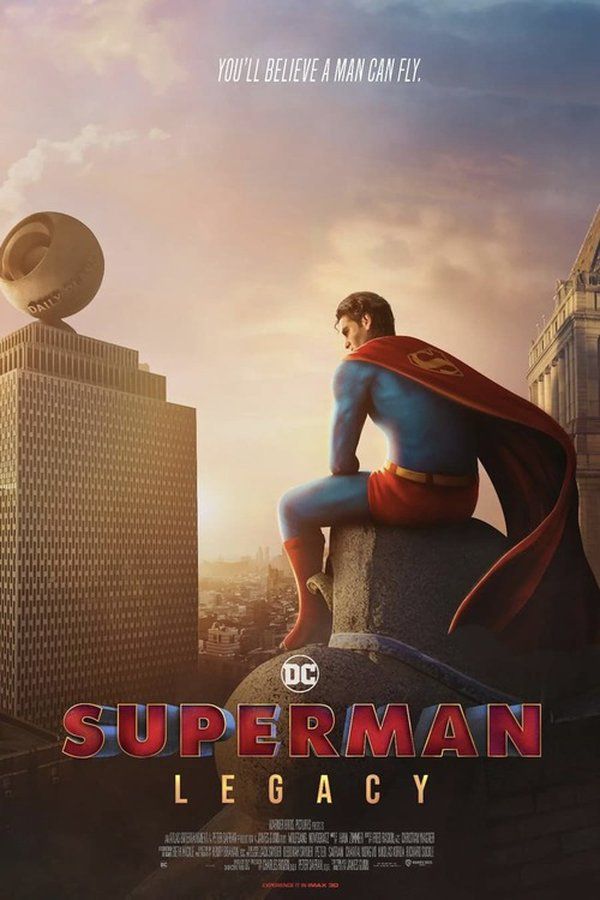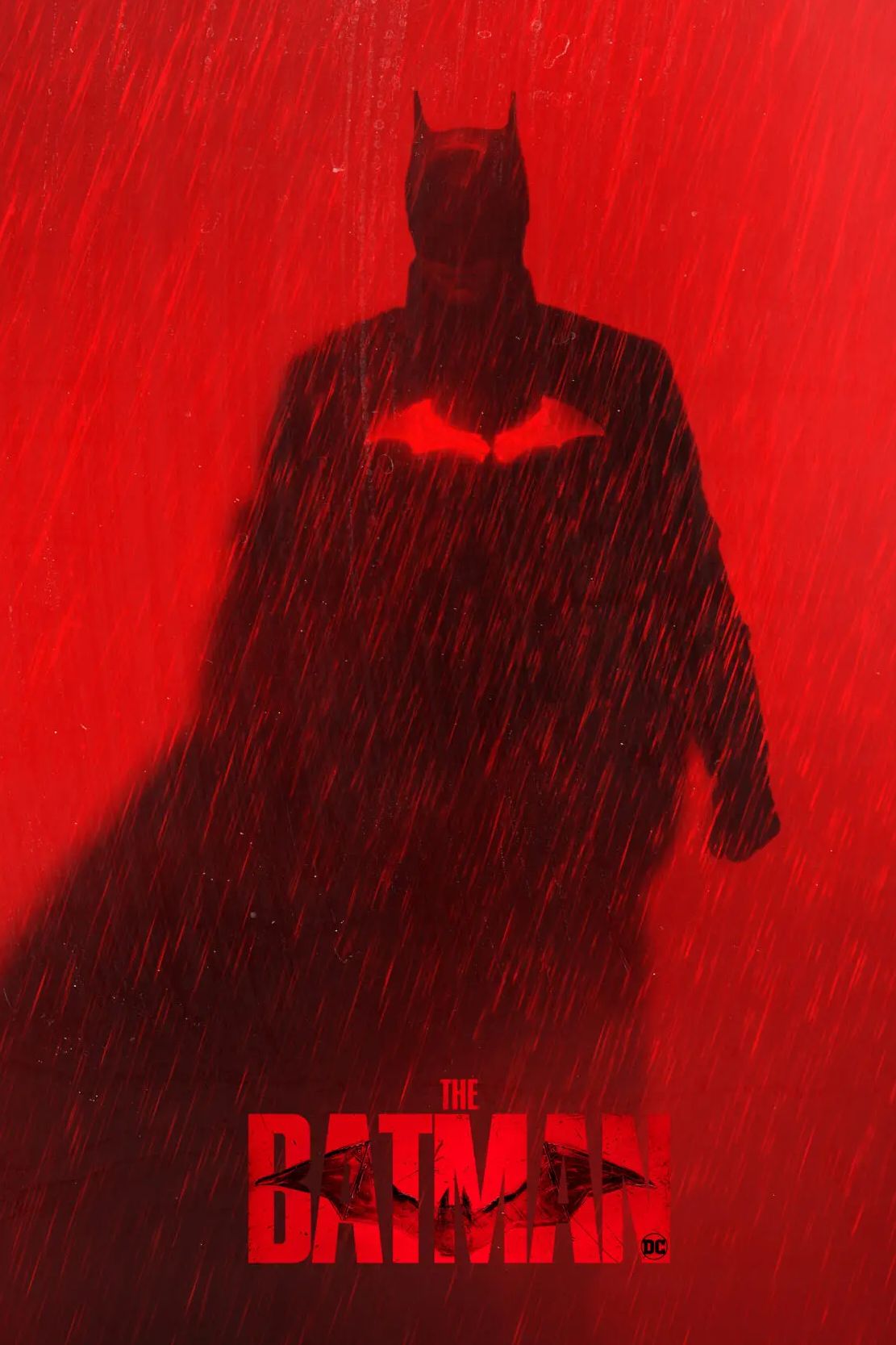After over a decade on television, the Arrowverse is coming to an end with the ninth and final season of The Flash. Created by Greg Berlanti and Marc Guggenheim, the CW's shared universe of DC characters has had some truly terrific high points throughout its run. However, the Arrowverse's sudden and complete demise has been in the works for a very long time, bringing a rather unceremonious end to what was otherwise a very successful franchise. In fact, there are several major issues present in both the early and more recent years of the Arrowverse that spelled the franchise's doom.
The Arrowverse got its start with the premiere of its flagship series, Arrow, starring Stephen Amell, in 2012. Amidst positive reactions to the series, the second season included teases for a spinoff around Grant Gustin's Barry Allen, which eventually became The Flash. In the time since, the Arrowverse has greatly expanded its borders to include multiple series, such as Supergirl, Legends of Tomorrow, Black Lightning, and Batwoman, with annual crossovers linking each show together. However, recent major DC cancelations foreshadow the Arrowverse's slow death, as it becomes abundantly clear that the upcoming series finale of The Flash will also bring the entire shared universe to an end.
The Arrowverse's VFX Looked Increasingly Dated
The Arrowverse's special effects certainly didn't help the franchise, especially in the later years. The medium of television was never particularly known for its amazing CGI but, at the time that Arrow and The Flash first aired, their effects were actually rather impressive compared to other shows. However, with the rise of streaming platforms, which are sometimes willing to shell out large sums of money for new series, CGI in superhero shows greatly improved. The Arrowverse, which remained on cable, clearly did not have the budget to compete, with its CGI paling in comparison to newer streaming shows like Disney+'s WandaVision or HBO Max's Peacemaker.
While the effects of more grounded series like Arrow and Batwoman were rarely a major problem, other series truly show their budgetary restraints. The Flash, for example, often includes massive monsters, super-speed battles, and other novelties that simply can't be created using practical effects. Some characters, therefore, really struggle to come to life, especially in later seasons. The Season 7 introduction of Fuerza, for example, was particularly unimpressive and made even worse by the high-budget Disney+ series that had begun airing in the months prior. As a result, the Arrowverse has become a testament to a bygone era of superhero series.
The Arrowverse Had A "Season 3" Problem
Many Arrowverse shows start strong in their first two seasons, only to suffer from a severe dip in quality beginning with Season 3. In most cases, each respective series was never able to surmount the high bar set by its first two seasons. For example, Season 2 of Arrow is often hailed as the pinnacle of the series, but most following seasons were not met with similar enthusiasm. Many other shows seemed to run out of steam following their second seasons. Some didn't last very long thereafter, including Batwoman and Black Lightning, which only lasted three and four seasons, respectively.
The unfortunate "season 3" rule of the Arrowverse didn't occur in each series the exact same way. Different series declined more gradually than others, with some managing to retain an audience for as many as nine seasons while others faltered and were canceled after three. It is also important to note that some shows managed to muster seasons that prove exceptions to this rule, such as Arrow's fifth season, though these were also usually followed by a steep decline. Despite the slightly different trajectories of each Arrowverse show, most had told their best stories by the time their second season had come to an end.
The COVID-19 Pandemic Hurt The Arrowverse
The COVID-19 pandemic brought the Arrowverse to a screeching halt in early 2020, throwing a wrench in the storylines that the franchise had set up in previous months. As a result, the Arrowverse was never able to truly recapture the momentum of its pre-COVID seasons. Because multiple seasons were cut short, their storylines were shoehorned into the beginning of the following seasons and rushed to their conclusions in order to make way for new plot lines. The result for each series was a lopsided season with dual storylines that didn't necessarily fit together. Thereby, many post-COVID seasons felt rushed and unsatisfying.
Once the cast and crew of the Arrowverse were able to return to filming after the onset of the pandemic, increased social distancing guidelines meant that the signature crossovers between the franchise's various shows could no longer happen. The Crisis on Infinite Earths event, which came shortly before the pandemic, served as the last true crossover in the Arrowverse, leaving many of the shows largely disconnected for several years. Eventually, the Arrowverse took a new approach to crossovers, which now occur over several episodes of a single show, but even this isn't enough to recapture the magic of its original events.
The Arrowverse Stopped Adding New Shows
The true nail in the Arrowverse's coffin was the choice to no longer add new shows to the franchise. In the early days of the Arrowverse, new shows were constantly being added to the universe at relentless speeds, making the franchise even larger with each passing year. Unfortunately, after the conclusion of Arrow, the Arrowverse severely decreased its new content in recent years, focusing mainly on long-running shows like The Flash, Legends of Tomorrow, and Supergirl. Each of these shows either ended in recent years or is about to end, meaning that there are no series left to carry on the torch in the years to come.
The lack of new shows in the Arrowverse is a two-fold problem. On one hand, certain planned spinoffs, including Green Arrow and the Canaries, were not picked up by the CW, stalling plans for the future of the universe. On the other hand, new DC shows were constantly being greenlit, only to be set outside the Arrowverse. For example, despite numerous prior crossovers involving its characters, Superman and Lois is not Arrowverse canon, taking place in an alternate reality. Other shows like Naomi and Gotham Knights all take place outside of the Arrowverse as well, despite how easy it would have been to include them under the same franchise banner.
DC's Movies Meant The Arrowverse Had To End
Ultimately, the creation of James Gunn's DC Universe signaled the Arrowverse's end. Although the Arrowverse provided a more expansive, and perhaps higher-quality, alternative to the DC Extended Universe for years, it makes sense that DC would want to consolidate its characters and stories in anticipation of its rebooted franchise. Even long before the inception of the DCU, the Arrowverse was somewhat limited in the characters it was allowed to use, with major DC heroes like Batman almost entirely absent from the franchise. Always living in the shadows of DC's higher-budget movies, the Arrowverse's existence was always going to be cut short.
Now, with James Gunn's new approach to building a cinematic universe, many of the extraneous films and series that don't contribute to the DCU are being thrown out. With the exception of several DC Elseworlds projects that are still in development, including Joker: Folie à Deux and The Batman: Part II, there is little room for anything outside the DCU continuity. With the cinematic versions of characters like Superman and the Flash about to take center stage, it makes sense that DC would want to put the focus on the fresh iteration of these characters. With the birth of the DCU inevitably comes the death of the Arrowverse.

